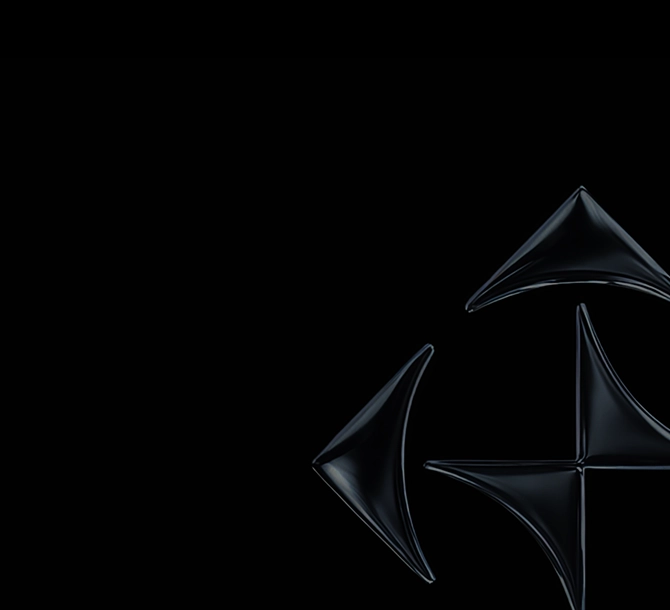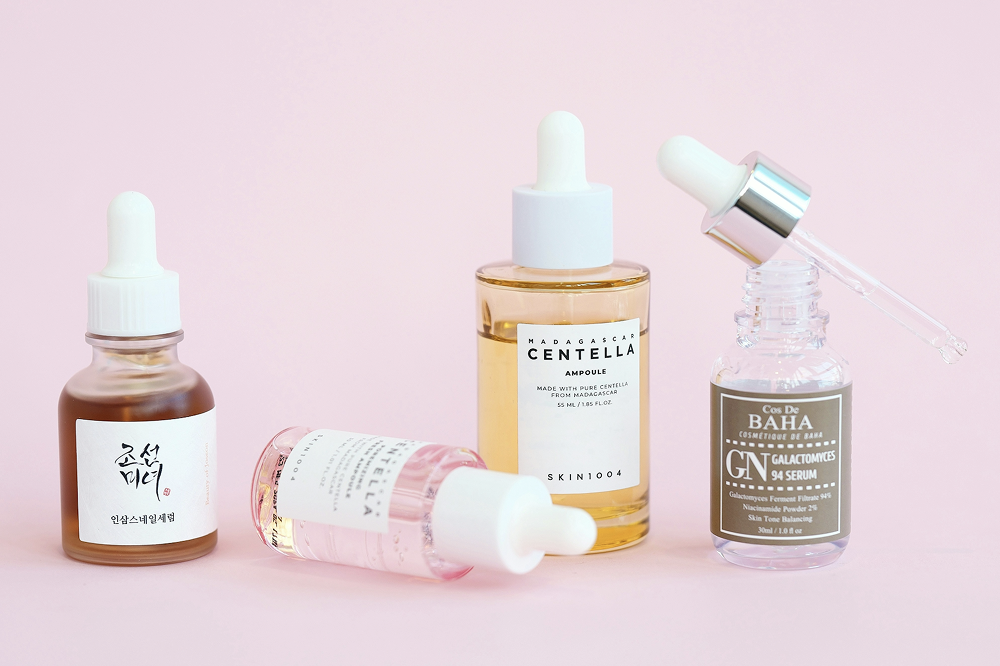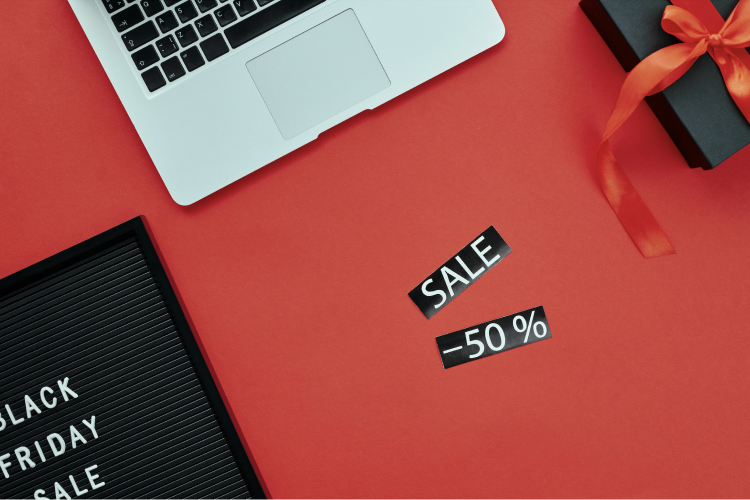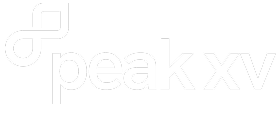Shein has become a global fashion icon, synonymous with low prices, endless variety, and viral “haul” culture. With over 600,000 products for sale, distribution to more than 150 countries, and an aggressive influencer marketing engine fueling its reach across TikTok and Instagram, Shein has reshaped fast fashion as we know it.
But for all the hype, serious questions remain. Is Shein legit? Is Shein safe? Why is Shein so cheap? And – perhaps most critically for rights holders – how can brands protect themselves from Shein counterfeits and copycat designs?
Let’s break it down.
What Is Shein, and Why Is It So Cheap?
Shein is a Chinese-founded e-commerce company specializing in hyper-fast fashion. It’s built for volume and speed: designs are uploaded daily, produced in small batches, and replenished based on customer demand. Most items sell for a fraction of the price of traditional retail, often 70–80% cheaper.
Of course, this affordability comes at a cost. Reports have raised concerns about Shein’s labor and environmental practices, from 75-hour workweeks and underpaid factory workers to products exceeding legal safety limits on toxic chemicals. According to Time, Shein’s operations generate an estimated 6.3 million tons of CO₂ annually. Furthermore, in 2023, Seoul’s government found dangerously high levels of phthalates (toxic chemicals) in Shein’s products. One item exceeded the legal safety threshold by 428x.
A Growing Threat to Brands: Shein and Counterfeiting
However, Shein’s business model isn’t just harmful to consumers and the environment: it’s also harmful to brands via intellectual property violations.
Dozens of lawsuits have accused Shein of scraping design ideas and mass-producing lookalike goods. The brand has faced legal action from Ralph Lauren, Dr. Martens, Coach, Levi’s, and more. Many cases allege willful infringement intended to confuse consumers and capitalize on established brand equity.
Some examples:
- Ralph Lauren sued after Shein allegedly copied its iconic polo player logo.
- Oakley accused Shein of copying its sunglasses designs. Shein initially agreed to remove the products, only to resume sales of the same products a year later.
- Independent designers such as Cassey Ho from Popflex have reported as many as 45 of their designs being copied and listed on Shein for 80%+ markdowns of the original price.

The sheer scale of Shein’s operation makes enforcement difficult: new infringing storefronts and listings appear daily. For emerging brands and artists, this devalues creative work, undercuts pricing, and erodes trust. For established brands, it creates legal risk, lost revenue, and the ongoing burden of enforcement.
How To Prevent Shein IP Infringement
If your brand’s designs, logos, or trademarks have been copied and listed on Shein, it’s possible to take action using a few key strategies:
- Submit an IP Complaint: Use Shein’s official IP reporting portal.
You’ll need to:- Prove you’re authorized to act on behalf of the rights holder
- Provide trademark or copyright registration documentation
- Identify the infringing product by SKU, listing URL, or screenshots

- Strengthen Your IP Portfolio: Register your brand’s trademarks and product designs in key jurisdictions, including the U.S., China, and the EU. A solid IP foundation improves your chances of successful takedowns.
- Educate Your Customers: Teach your audience how to distinguish authentic products from knockoffs. Share guides on where to buy legitimate items and what red flags to watch for.
- Monitor Proactively: Many designers only discover infringements after customers flag them. Visual recognition tools, image matching AI, and regular marketplace sweeps can help surface counterfeits early.
Why Manual Reporting Isn’t Enough
Manual takedowns, while necessary, are rarely sufficient when fighting a marketplace like Shein. The moment one infringing listing is removed, another pops up under a new name. It’s a never-ending game of whack-a-mole.
That’s where automated brand protection comes in.
At MarqVision, we help leading brands monitor marketplaces, detect counterfeit listings, and take them down at scale. Our AI-powered tools track even the most subtle infringements across marketplaces like Shein, Temu, TikTok Shop, and more: allowing you to focus on strategy, not enforcement.
Final Thoughts
So: is Shein safe? Legally, yes. But from an IP perspective, it’s a minefield. For brands navigating Shein’s ultra-fast, ultra-cheap ecosystem, success requires more than awareness. It demands action.
Stay vigilant, protect your brand’s creative assets, and don’t fight this alone.
Need help protecting your brand from Shein counterfeits? Let MarqVision help you monitor, enforce, and win. Book a demo today.
Stay up to date on the latest IP Protection content from MarqVision.
4 Enforcements a Week to 400: Scale Brand Safety with Marq AI

Don’t Just Find Counterfeits. Dismantle the Entire Network.

.png)
Discover the latest trends and challenges in IP protection

Take Control of Your Trademarks with MARQ Folio

Renew and Manage Your Trademarks Easily With MARQ Folio

We’re waiting to hear from you

See the best brand protection solution in action

Don’t let piracy steal your growth

Talk to us about your brand protection problems








.png)







